The subject of the best type of gun is one still often debated around the table during the shoot lunch. Side by side or over & under? One gun and a stuffer or a pair of guns and a loader? Everyone seems to have an opinion and consensus is rarely achieved.
The Victorians were no different, they had all sorts of idea about how to furnish the modern sporting gentleman with firepower that would be better than whatever his fellows owned. New inventions seemed to arrive on a daily basis and the choices were constantly changing.
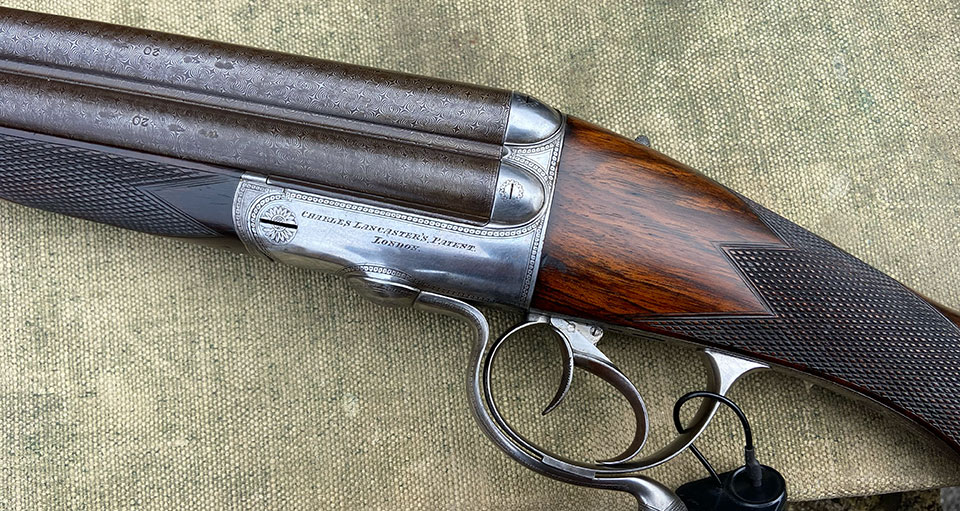
By 1885 many of the sporting guns we still use today had already been devised and could be seen on pegs around the country. Purdey’s current model, patented by Beesley, had been available for five years, as had Dickson’s ‘Round Action’. The Anson & Deeley boxlock was a decade old and hammerless guns were rapidly gaining in popularity over guns with external hammers.
Inevitably, when multiple options are being considered, someone will try and get all of them into one product. That is what we are looking at here: a hammerless gun which is a side-by-side and an over & under, a single gun and a pair of guns.
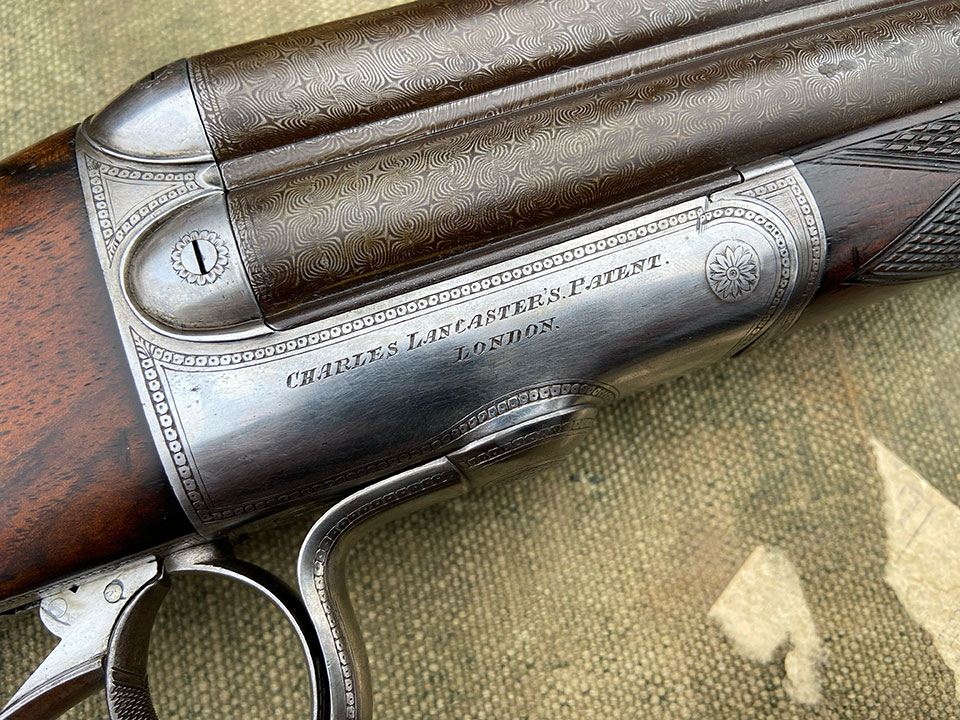
It was patented by H.A.A Thorn in 1882. Thorn had, by then, assumed the role of ‘Charles Lancaster’ and deliberately cultivated that image to better represent the firm that he had taken over. The real Charles Lancaster was dead but the firm continued to trade well under this new ownership.
It was not the first four-barrelled gun the firm had tried: a muzzle loading version had been sold in small numbers decades earlier. In fact, the concept was remarkably long-lived, as Lancaster also sold a four-barrel howdah pistol, which worked on the same principle as this breech-loading shotgun. He also made a rifle variant, using his own patent ‘oval bore rifling’
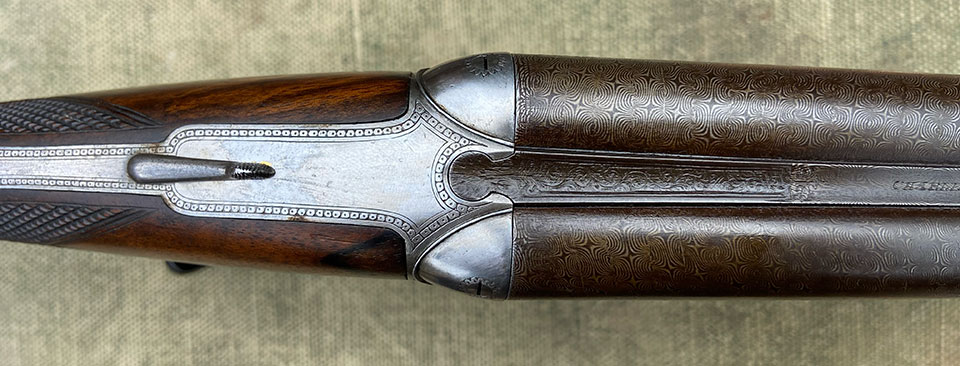
This shotgun, of Thorn’s design; patent No. 231 of 1882, looks like it might have worked, if we remove the wisdom of hindsight. It weighs only 7lbs 7oz when made, as this gun was, as a 20-bore with 28” Damascus barrels and a 14 1/8” stock. Therefore, it feels quite lively and responsive in the hands.
The two trigger arrangement serves a dual function. The rear trigger cocks the locks. The front trigger fires them, as it does so, the striker rotates to engage each of the other barrels in turn.
It is, in a way another application of the revolving principle of multi-shot weapons.. Early ones rotated multiple barrels, others rotated multiple cylinders, this rotates the striker.
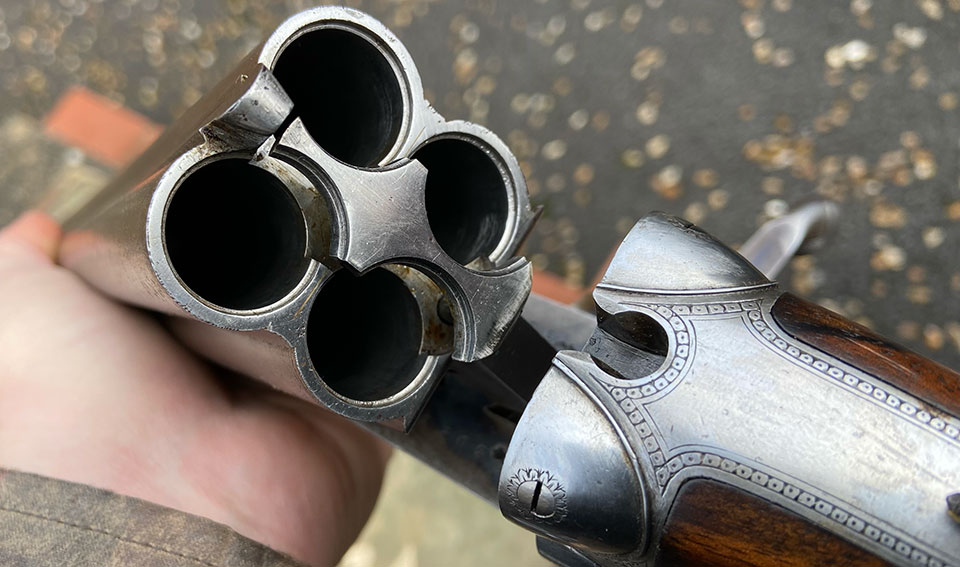
The action and barrels are locked together by a Jones patent (1859) screw-grip and operated by the associated rotary under-lever. A manual safety catch is mounted on the top strap and the gun is stocked conventionally, with a straight hand grip and a splinter forend.
The barrels are fine Damascus and choked Improved Cylinder in all four.The black powder proof marks are stamped on the tubes and visible when the gun is assembled.
Although the action is now bright and there is no trace of any original finish, it is otherwise in very good order. There is minimal border engraving, with ‘Charles Lancaster’s Patent. London’ engraved either side of the action and ‘Charles Lancaster. 151 New Bond Street. London . Patent Four Barrel Breech loading Hammerless Gun’ on the rib.
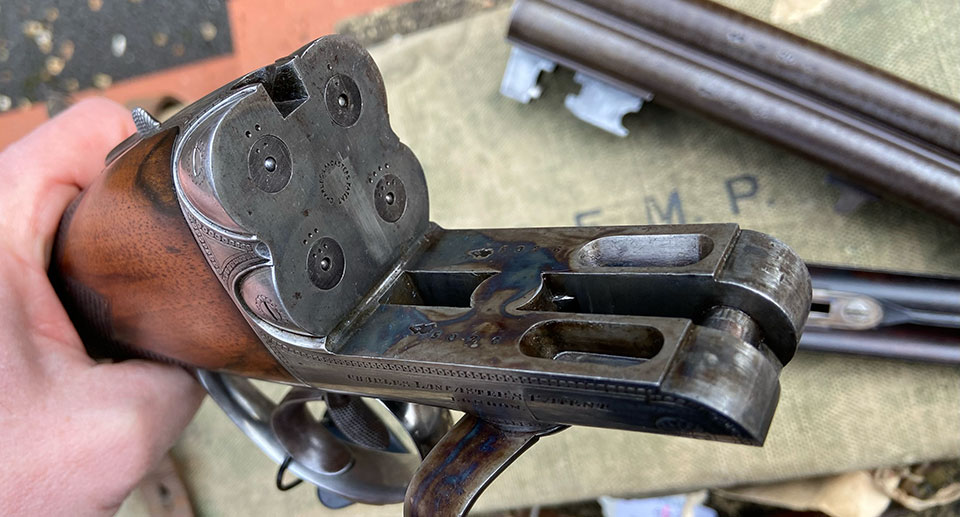
These four-barrel guns, pistols and rifles were not commonplace, but neither were they aberrations. They did genuinely appear to many people to be a practical choice and a viable alternative to more mainstream concepts of firearms design.
This experiment lasted into the 1890s and then four-barrel guns fell firmly out of favour, as convention began to dictate the types of firearm we know today to have survived the Darwinian struggle and become adopted for general use.
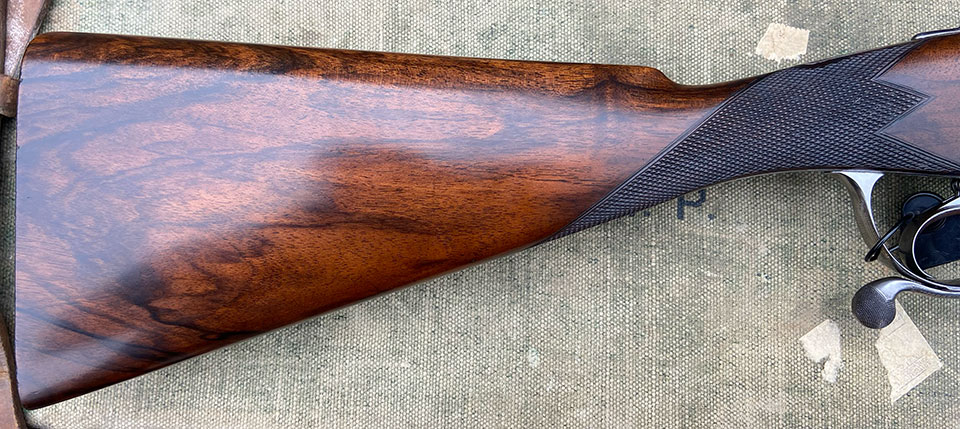
I have no doubt that this lithe little 20-bore would account for itself well on a grouse moor, in capable hands. It is an impressive feat of gun-making and today survives to remind us of just how clever and inventive, as well as artistic and skilful British gunmakers of the 19th century were.
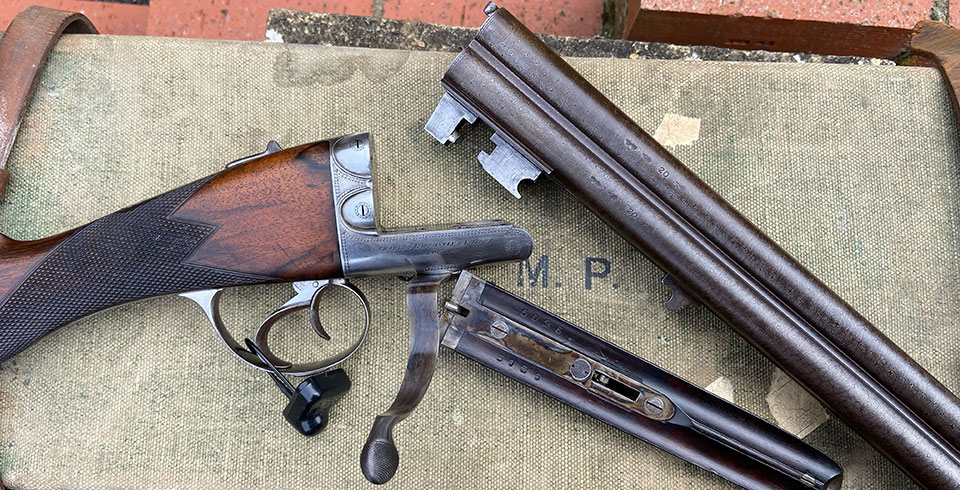
It is difficult to assess value when considering rare firearms, as there is often very little of a similar type with which to compare it. In such cases, auctions often provide us with a real ‘on the day’ market value.
This one sold at Holt’s in March 2024 for £17,500 , plus commission and taxes of around 30%.
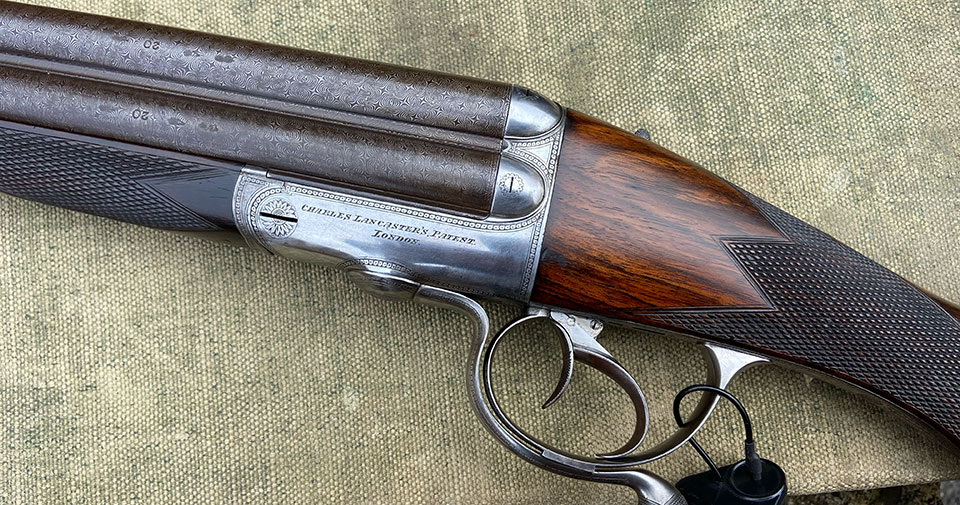
Published by Vintage Guns Ltd on (modified )




